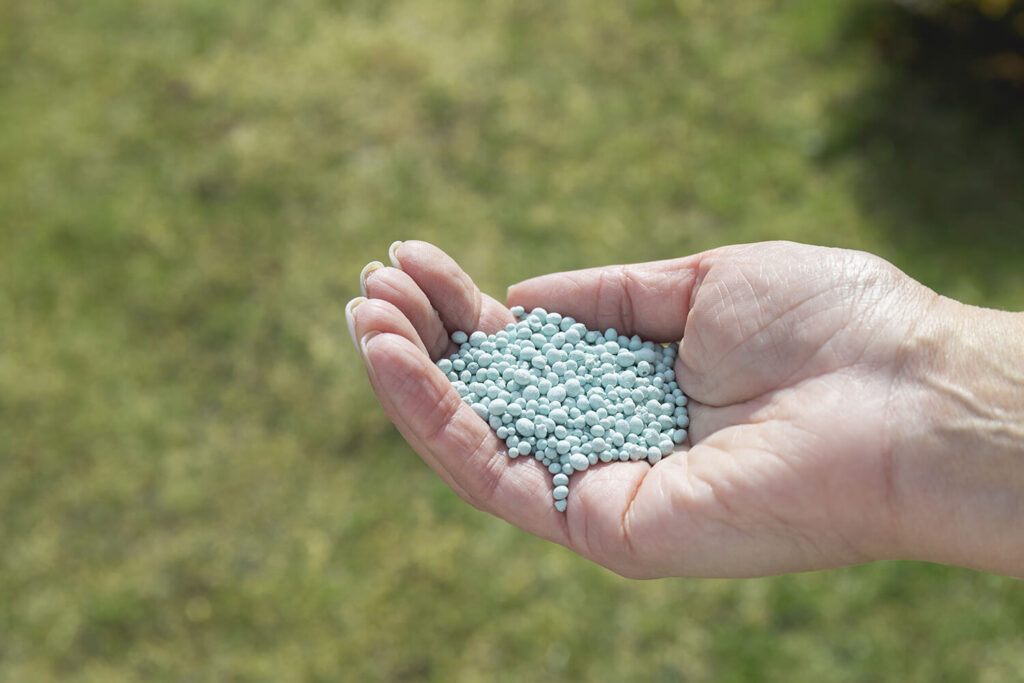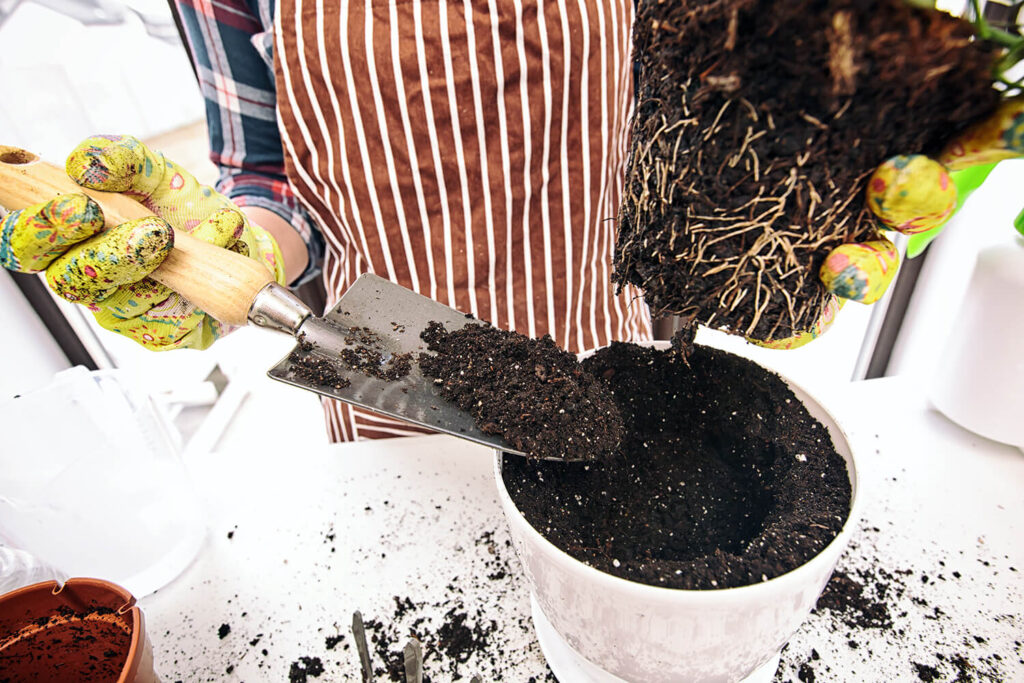Do you want to grow a ficus bonsai? Then, you’ve come to the right place!
Ficus is low maintenance and responds well to several bonsai cultivation techniques—making it one of the most popular tree species, especially for beginners.
To help kick off your journey, here’s a comprehensive guide on properly and successfully growing and training a ficus miniature tree.
Read on to discover:
- Several ficus species suitable for bonsai growing.
- 4 best ways to propagate a ficus for bonsai cultivation.
- Whether a ficus miniature tree is best grown indoors or outdoors.
- A detailed guide on how to care for and maintain a ficus miniature tree.
- The general description and growth habits of most ficus species.
- And so much more…
General Information about Ficus

| Botanical name: | Ficus |
| Family: | Moraceae (Mulberry) |
| Tree type: | Broadleaf evergreen tree or shrub |
| Foliage type: | Simple with alternating leaf pattern |
| Growth habit: | Upright or climbing |
| Native habitat: | Tropical regions around the world |
| Distinctive feature: | Aerial roots |
Ficus can appear as woody trees, small shrubs, or climbing plants. They are majorly found in every tropical region worldwide, making them a common house plant.
There are over 800 known ficus plant species, each with a unique set of features. One common thing about most ficus species is that their oval, waxy leaves have pointed tips where water can drip off. The majority of them also have smooth gray bark and prominent aerial roots.
Warning: The only downside with ficus plants is that it produces a toxic milky latex sap from their trunk.
Getting in contact with it can cause skin irritation and allergic reactions in humans. Pets, specifically cats and dogs, can also suffer dermal and gastrointestinal irritation once they chew the plant’s leaves.
Ficus Species and Varieties Cultivated for Bonsai
Although there are hundreds of species of ficus trees, only a few have specific features suitable for bonsai cultivation.
One of the most popular species used in bonsai is the ficus retusa, which is often styled with an s-curved trunk. Another popular one is the ficus ginseng, popular for its pot-bellied trunk.
Other species and varieties that you can cultivate are:
- Ficus carica (common fig)
- Ficus neriifolia (willow leaf)
- Ficus religiosa (sacred fig)
- Ficus benjamina (weeping fig)
- Ficus microcarpa (Chinese banyan)
Growing ficus as bonsai
You can propagate a ficus plant in several ways:
- Cuttings: best done in mid-summer
- Grafting: best done in springtime
- Air-layering: best done in springtime
- Seed-planting: best done in springtime
Tip: You can also graft ficus microcarpa leaves with ginseng ficus miniature tree.
It’s also possible to create a large trunk on young plants by fusing some branches, roots, or trunks. This technique, called “approach-grafting,” can help you achieve the form and look you want more easily.
Here’s a video cultivating a ficus from a cutting:
How to Care for a Ficus Bonsai Tree
Quick general care guide for ficus miniature trees:
- Positioning: Can be placed indoors or outdoors.
- Watering: Water generously once the soil dries up slightly.
- Feeding: Apply pellet fertilizer throughout the growing season.
- Pruning: Do heavy pruning and defoliation, as needed, in the spring.
- Wiring: Can be done in the spring, after pruning for convenience.
- Repotting: Repot after every 2 years in the spring.
- Overwintering: Move to a protected area once the temperature falls below 60°F (15°C).
I. Positioning
Depending on the climate of a specific region, a ficus miniature tree can thrive indoors or outdoors.
You can keep your ficus miniature tree outside year-round in a tropical region. However, if your area experiences cold winters, you may have to bring it inside for several months.
Ficus plants crave lots of sunlight, so whether you’re displaying it indoors or outdoors, avoid keeping it in a shady location.
Tip: If you’re keeping it inside your home, place it at a south-facing window.
Unlike other bonsai tree species, ficus trees can tolerate low humidity, thanks to their thick, waxy leaves. However, you may still want to place it in an area with high humidity levels to encourage the growth of aerial roots.
II. Watering
Ficus is a very forgiving plant. It can tolerate occasional overwatering or underwatering.
However, you should still monitor your bonsai and water your ficus regularly. Once its soil becomes slightly dry, water it generously until the water runs out of the pot’s drainage holes.
Warning: Never water on a schedule, as it can cause certain problems, such as root rot.
Preferably, you should use room-temperature soft water when watering your ficus miniature tree.
Watering ficus bonsai based on the season
The water needs of a ficus plant change as the season shifts.
To ensure that it’s properly nourished, here’s how you should water your bonsai based on the specific season:
A. In spring
As new shoots appear during the springtime, the plant’s water demand increases.
Make sure to check your bonsai at least twice a day, and water it generously once the soil becomes slightly dry.
B. In summer
To keep your ficus miniature tree thriving during a hot summer, use a spray bottle to mist its foliage daily. Doing this also helps increase the humidity levels in the area, which keeps your tree extra moisturized.
Yet, avoid overwatering, as this can cause fungal problems.
C. In autumn
As the temperature gradually decreases, reduce your watering sessions as well.
D. In winter
A ficus miniature tree retains moisture longer in a cold winter climate. That said, only water as needed—after every few days or longer.
III. Fertilizing

Since it’s potted in a small container, fertilizing your ficus miniature tree is necessary to encourage strong and fast growth.
The best time to fertilize your tree is from early spring to autumn, as this helps boost the development of new shoots. Not to mention that these are the times when most trees actively and fastly grow.
Pellet fertilizers are preferred for most bonsai species to avoid root burn, but you may also use liquid fertilizer for foliar feeding.
Depending on the type of fertilizer, you may have to fertilize every two weeks or more during the growing season.
Feeding a ficus miniature tree based on its needs
Depending on your tree’s health or growth stage, you may need to fertilize more or less.
Here’s a simple guide you can follow:
A. For health enhancement
Sick or young plants need more nutrition support. Hence, re-apply pellet fertilizers every few weeks during the growing season.
Foliar feeding can be done once a week or every other week.
Warning: Never do foliar feeding when the climate is too hot, as this can cause leaf burn.
B. For general development or refinement
As your tree matures, especially once it’s several decades old, decrease your fertilizing sessions or lessen the number of fertilizers you use on your tree.
IV. Pruning
Prune your ficus miniature tree yearly during the growing season to retain its shape and control its growth.
Once your tree has 6 -8 leaves on its stem, prune it back to 2 leaves using a sharp pair of pruning shears. You may also defoliate some of its foliage to reduce the leaf size of larger specimens.
Cutting branches
Ficus can grow shoots from old wood, so you can trim larger branches or trunks without problems. Just apply a cut paste on each wound to encourage faster and cleaner healing.
V. Wiring and Bending
Although you can wire your ficus miniature tree year-round, it’s best to do it in springtime after pruning for easier access.
Ficus specimens are flexible, so you can shape them in many forms. Most ficus bonsai trees are styled upright with an s-curved trunk. However, there are also some that have a slanting or semi-cascade form.
When shaping a ficus miniature tree, use an aluminum bonsai wire and tightly wrap it in the branches at a 45 to 50 degrees angle.
Note: Check the wires regularly and remove them once it starts to bite into the bark to avoid scarring.
If you want to achieve a heavily bent look, use guy wires to dramatically bend strong, larger branches or trunks for several weeks or months.
VI. Repotting

Repot your ficus miniature tree in the spring as needed—once its roots start circling the pot. Also, prune some strong, thick roots to control the tree’s growth.
Once done, repot your bonsai to its original pot using a fresh pack of bonsai soil. Choose coarse soil and remove anything that blocks the pot’s drainage hole to allow excess water to exit the container, reducing the chances of overwatering or waterlogging.
Note: If you want to promote bigger growth on your tree, move it to a slightly wider pot.
VII. Winter Care
Most ficus miniature tree species are tropical, so they don’t tolerate extreme coldness, frosty conditions, and cold drafts. With that said, you must provide winter protection on your tree.
Once the temperature drops below 60°F (15°C), do any of the following:
- Move your tree inside your home.
- Place it in an unheated garage, cold frame, or greenhouse.
Keep it in its temporary location for several months until the temperature improves, and continue to provide it with proper ficus miniature tree care.
VIII. Pests and Diseases
Ficus is a resilient and pest-resistant species. It will continue to grow and thrive as long as it receives proper care and nutrition.
Suppose your tree got infested with scales or spider mites; spray insecticide or miticide on the affected areas. Improving the condition of your plant will also help fix, even prevent, the problem.
Conclusion
Ficus is a good beginner-friendly bonsai species. It’s low maintenance, resilient, and easy to style. Did I mention that you can keep it indoors as well?
There are also many species and varieties you can choose from, such as ficus retusa, ficus microcarpa, ficus carica, and ficus religiosa. If you want one with exceptional aerial roots, grow a ginseng ficus bonsai.





0 Comments